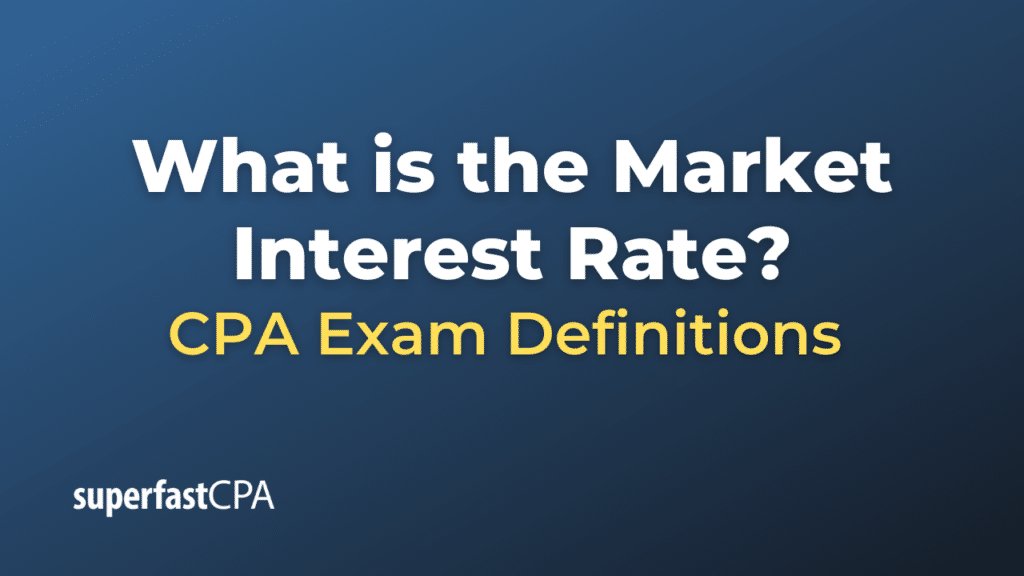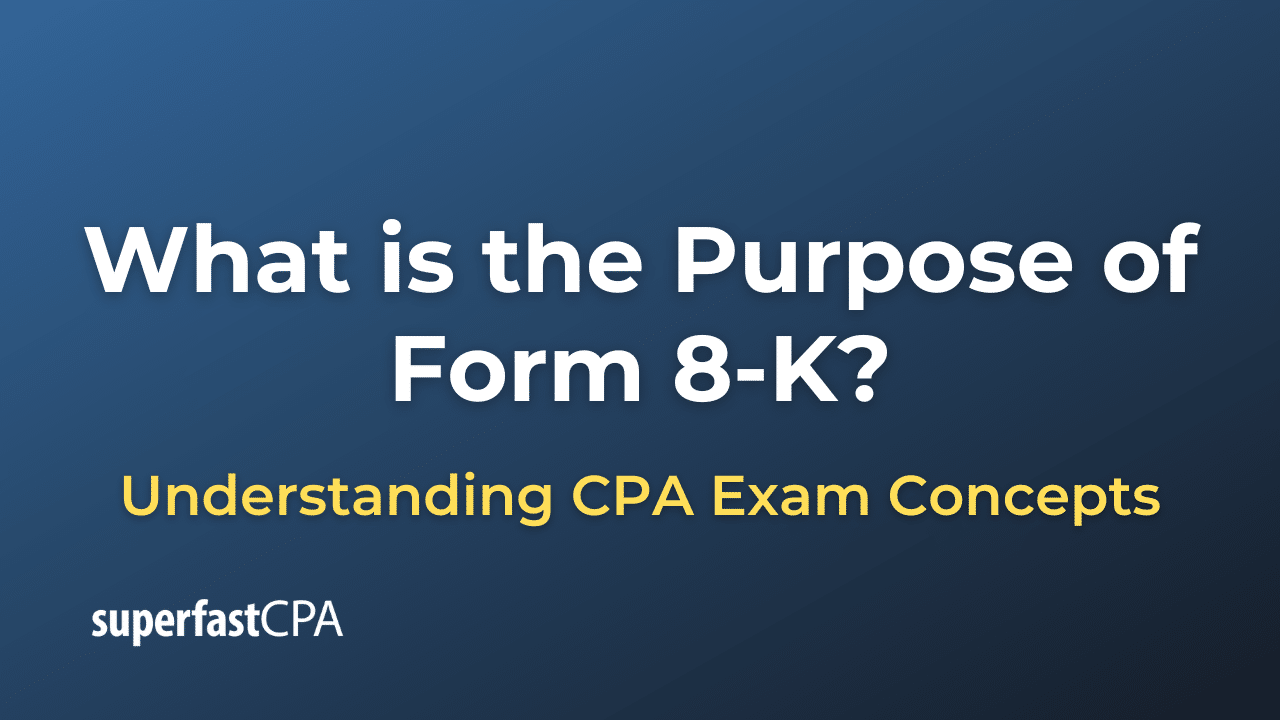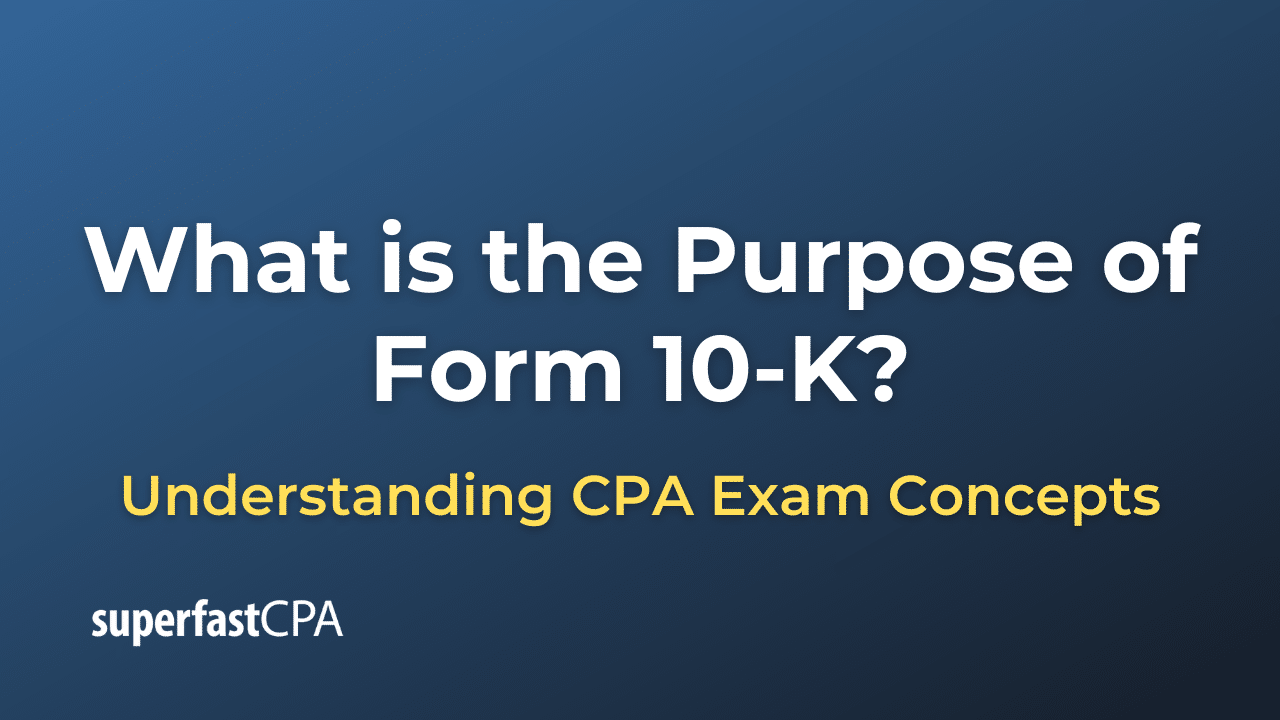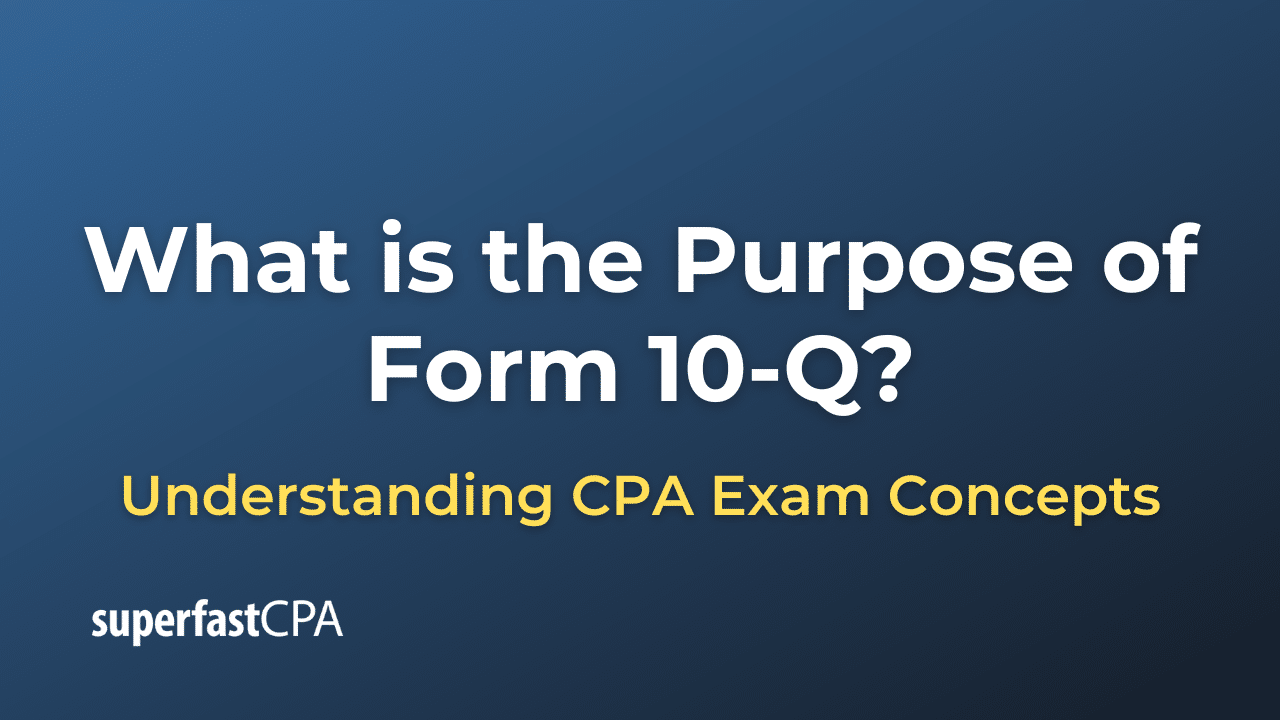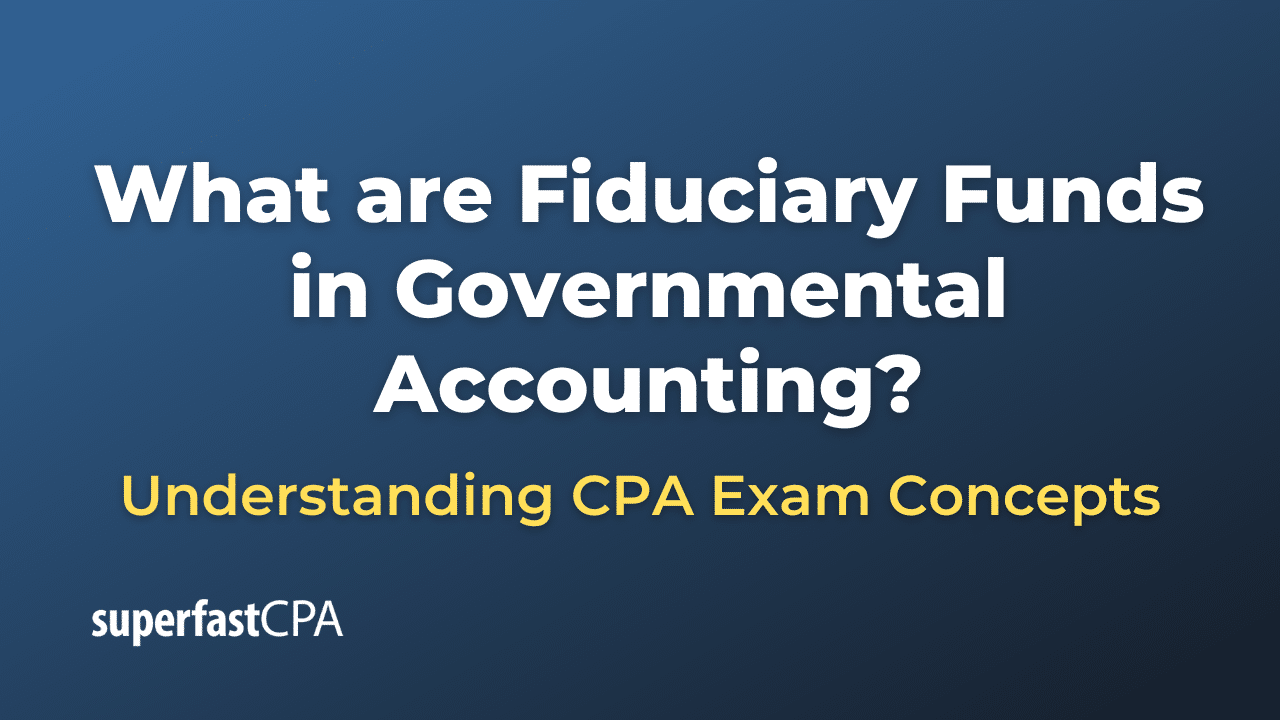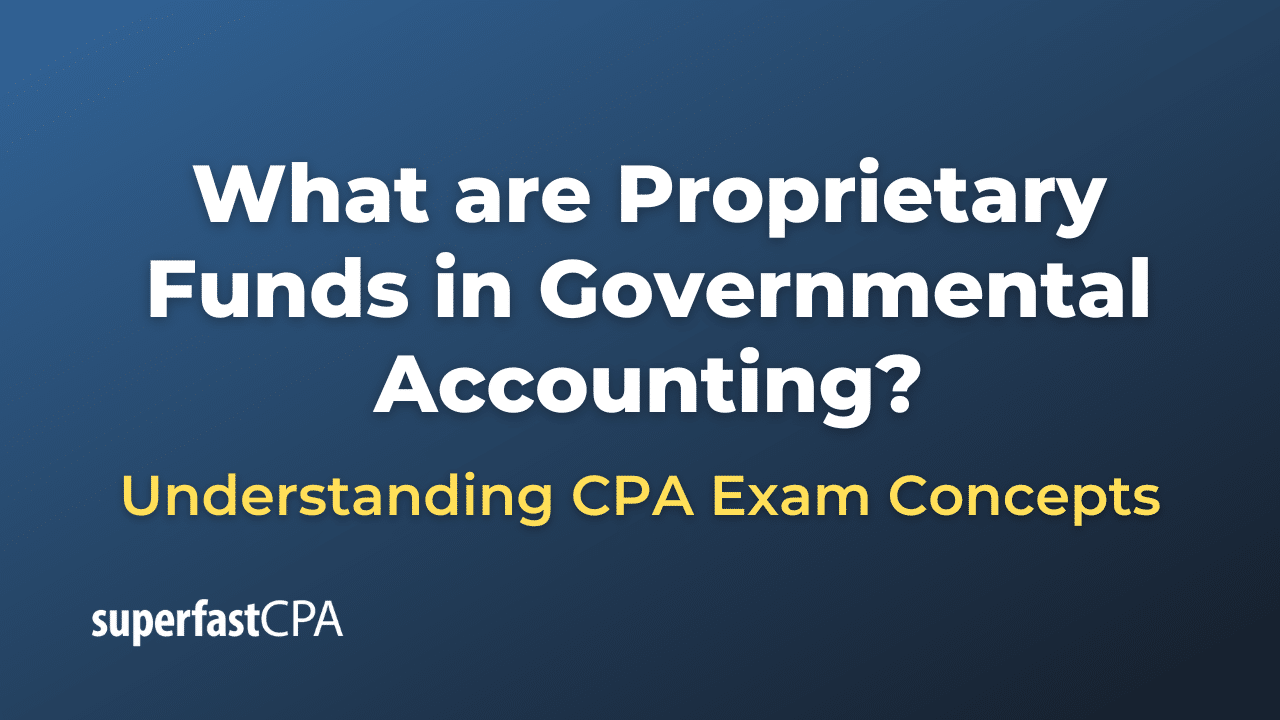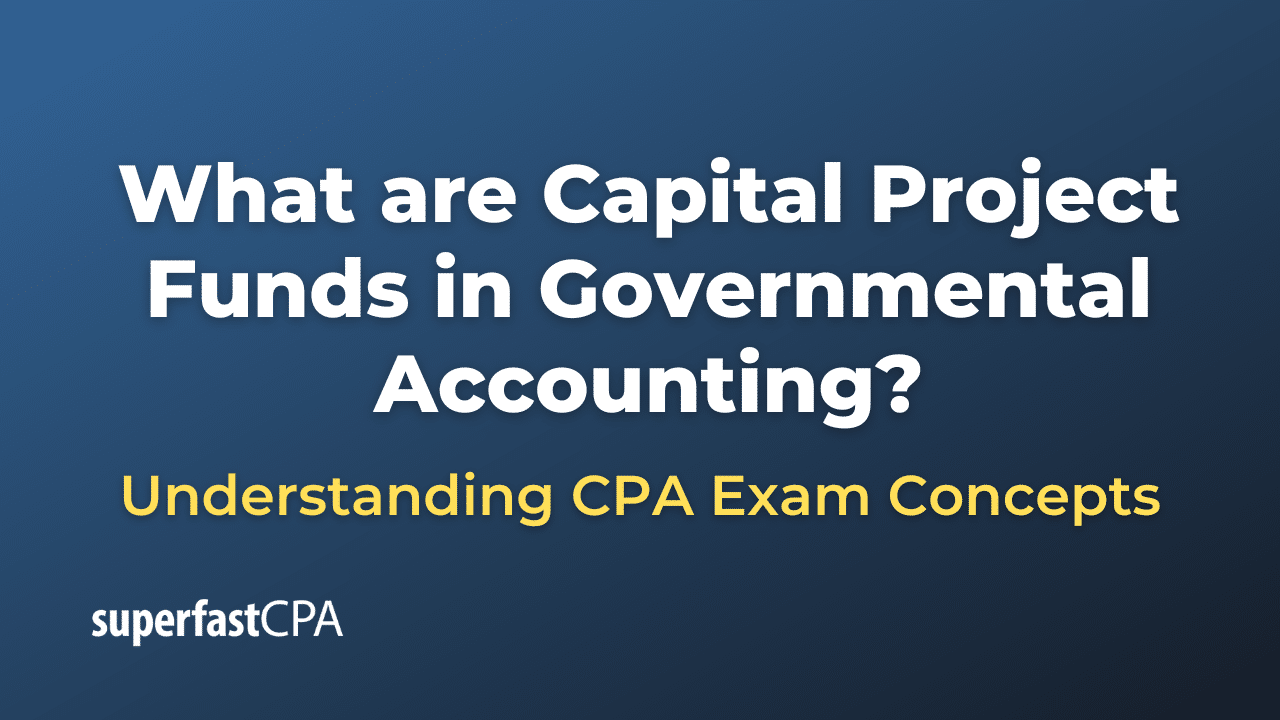Market Interest Rate
The market interest rate, also known as the “nominal” interest rate or “yield,” is the rate of interest that is commonly available in the market for a similar investment or loan at a given time. It represents the return that a lender demands for lending their money, or that an investor expects from an investment.
Market interest rates vary depending on a variety of factors, including:
- The type of loan or investment: For instance, the interest rates on government bonds are typically lower than the rates on corporate bonds, reflecting the higher risk associated with corporate bonds.
- The term or duration of the loan or investment: Longer-term loans or investments typically have higher interest rates than shorter-term ones, all else being equal.
- The creditworthiness of the borrower: For loans, lenders typically charge higher interest rates to borrowers with poor credit ratings to compensate for the higher risk.
- Inflation expectations: If high inflation is expected in the future, lenders and investors will demand a higher interest rate to compensate for the loss of purchasing power of the money they will be repaid in the future.
- General economic conditions: During periods of economic growth, demand for loans often increases, which can drive up interest rates. Conversely, in a downturn, demand for loans may decrease, leading to lower interest rates.
In a broader economic context, market interest rates play a crucial role in allocating resources in an economy, influencing borrowing costs, investment decisions, and consumer spending. Central banks also influence market interest rates as part of their monetary policy to manage inflation and economic growth.
Example of the Market Interest Rate
Let’s take a look at an example related to the bond market.
Imagine there are two bonds: Bond A and Bond B. Both have the same maturity period of 5 years but they were issued at different times.
When Bond A was issued one year ago, the market interest rate was 2%. Therefore, Bond A pays annual interest, also known as a coupon, of 2% to its holder.
Now, one year later, suppose that the market interest rate has risen to 3%. If Bond B is issued at this time, it will pay a coupon of 3%.
So, someone looking to invest in a bond now would receive more annual income from buying Bond B than from buying Bond A, because Bond B pays a higher coupon reflecting the current higher market interest rate. As a result, to attract buyers, Bond A will have to be sold at a discount to its face value to effectively match the yield of Bond B. This demonstrates how existing bonds in the market are affected when market interest rates change.
On a broader scale, for example, when the Federal Reserve (the central bank of the United States) changes the federal funds rate, it impacts market interest rates across a range of financial products, from government bonds to mortgages. For instance, if the Fed lowers the federal funds rate, it typically leads to lower interest rates on new mortgages, which can spur home buying and refinancing activity. Conversely, when the Fed raises the federal funds rate, interest rates on new mortgages tend to rise, which can slow down the housing market.

